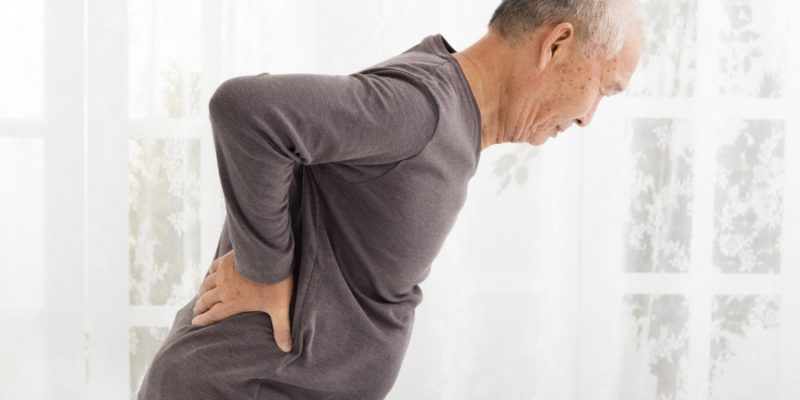Spinal stenosis is the process in which your spinal canal and nerve root canal decrease in size as your facet joints increase in size. One common condition that causes spinal stenosis is osteoarthritis. The disease can also be a result of aging, injury, or a previous injury. As the spinal canal decreases in size, it creates a lesser space for your nerves. Therefore, your nerves will not be able to move freely or branch out more: this causes swelling and inflammation leading to pain and discomfort. At Gramercy Pain Center, Dr. Ajay Varma in Holmdel offers spinal stenosis treatment relieving patients’ pain helping them get back to regular activities.
Anatomy of the spinal cord
Understanding the structure and function of your spinal cord is essential when diagnosing and treating spinal stenosis.
The vertebra, which includes 24 movable bones, makes up the spine. Discs separate these bones. The discs prevent the bones from rubbing together by acting like shock absorbers. The spinal canal is a hollow space and includes the spinal cord, nerves, ligaments, fat, and blood vessels. The intervertebral foramen is where spinal nerves exit the hollow space and is also known as the nerve root canal.
Bones and ligaments surround the nerve root and spinal canal. Alterations to the bones can cause the channels to narrow, leading to the spinal cord’s restriction or nerves.
What is spinal stenosis?
This degenerative condition happens gradually and involves:
- Spinal and nerve root canals narrowing
- Facet joints enlargement
- The ligaments becoming stiffer
- Bone overgrowth and bone spurs
Spinal stenosis can develop in any region of the spine: cervical, thoracic, lumbar. The most common cause of spinal and root canal narrowing is aging.
- Lateral stenosis: This narrowing occurs in the nerve root canals and leads to inflammation and pain.
- Central stenosis: As the spinal canal narrows and begins to press on the spinal cord, which causes inflammation and weakness.
Symptoms of spinal stenosis
- Pain
Most of the time, the pain will develop gradually. The onset of pain may differ depending on the spinal cord’s part where the narrowing has occurred. Sometimes the pain can start or go away when you engage in specific activities like exercising or walking.
- Tingling or numbness
This symptom usually begins in the buttocks for lumbar stenosis and moves down in the thighs and calves. This tingling sensation is commonly known as sciatica.
The tingling or numbness will move from the neck down the shoulders and arms, even hands for cervical stenosis.
- Claudication
This symptom can be observed in lumbar stenosis and is usually of two types:
- Neurogenic claudication: The calves experience cramping pain and weakness when standing. The symptoms go away when sitting.
- Vascular claudication: When leg arteries narrow due to peripheral artery disease, there is cramping and pain, especially when a patient walks uphill.
- Spasticity
Your muscles may lose control, thus complicating your movement- making it harder to walk and hold objects, probably due to trouble maintaining balance and coordination.
If you experience any of the symptoms mentioned above, contact Gramercy Pain Center to receive emergency care.













Comments